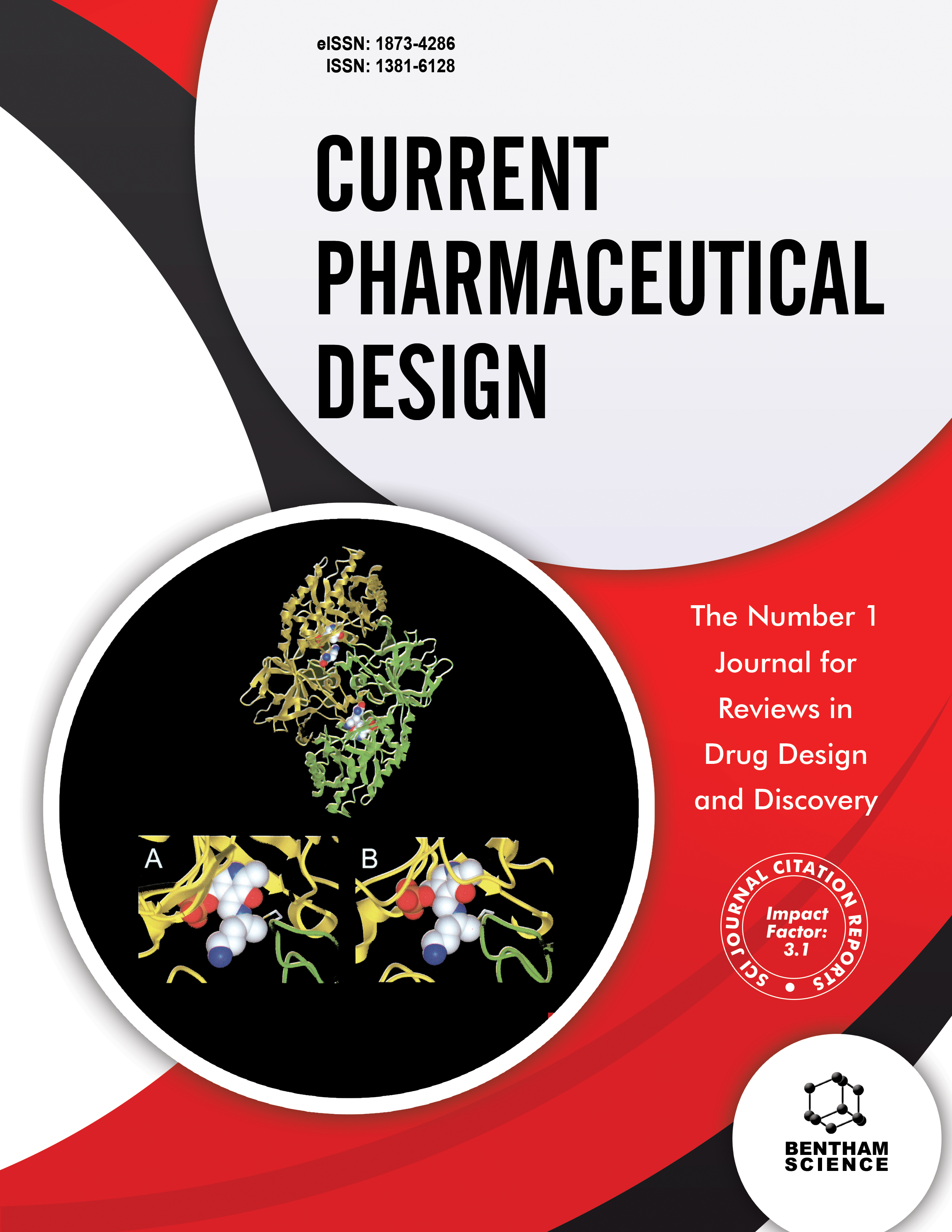
Full text loading...
We use cookies to track usage and preferences.I Understand
Diabetic nephropathy (DN) is increasing worldwide in parallel with type 2 diabetes mellitus. Identifying diagnostic biomarkers for DN at an early stage is crucial due to the considerable societal and economic burden associated with diabetes mellitus (DM) and its risk factors. In the past, early indicators of microvascular problems, such as microalbuminuria (MA), have been used to predict the possibility of developing advanced chronic kidney disease (CKD). However, because of the incapacity of MA to appropriately estimate DN, particularly, non-albuminuric DN, additional markers have been suggested for recognizing the early renal abnormalities and structural lesions, even before MA. This study aims to assess the existing and future biomarkers used to diagnose or predict early DN. This review provides comprehensive insight into diagnostic approaches for early detection of CKD, addressing the following areas: (i) markers of glomerular damage, (ii) markers of tubular damage, (iii) oxidative stress biomarkers, (iv) inflammatory biomarkers and (v) futuristic biomarkers such as micro-ribonucleic acids (miRNAs), proteomics, metabolomics and genomics and gut microbiota. Early detection of DN may lead to improvement in clinical management and quality of life, emphasizing the importance of identifying a specific and reliable predictive biomarker. Emerging serum and urinary biomarkers offer promise for early DN diagnosis, potentially reducing prevalence and preventing progression to end-stage renal disease (ESRD). Further advancements in miRNAs, proteomics, metabolomics genomics and gut microbiota offer prospects for even earlier and more precise DN diagnosis.

Article metrics loading...

Full text loading...
References


Data & Media loading...

